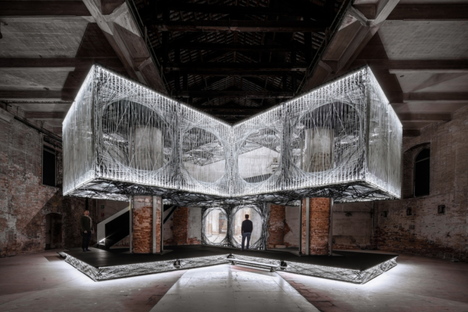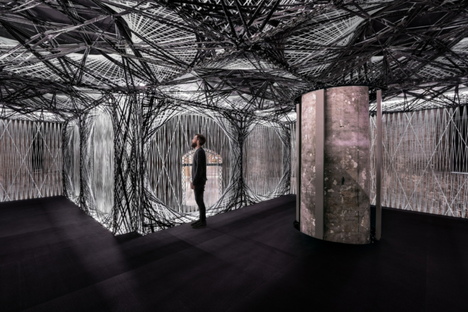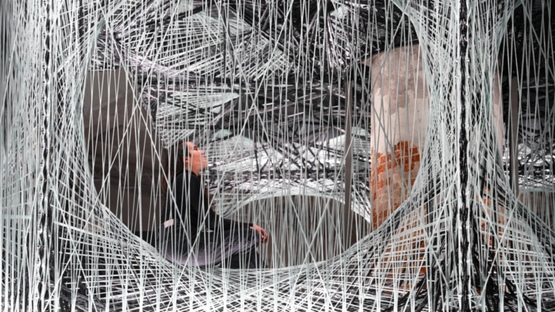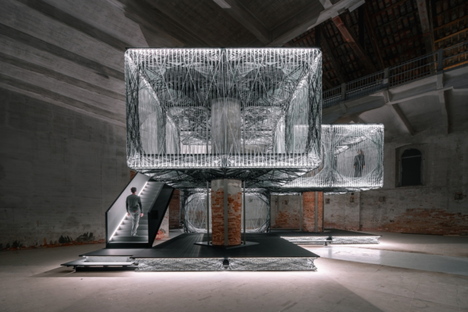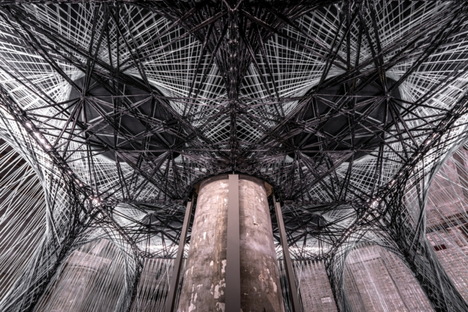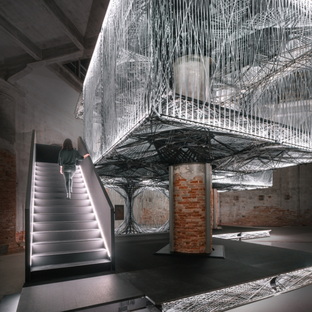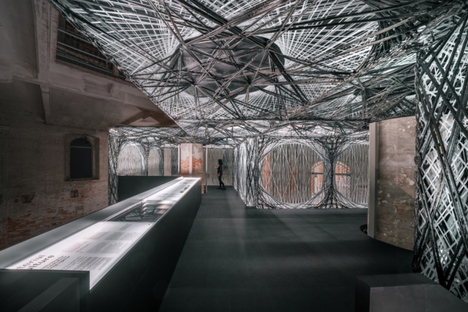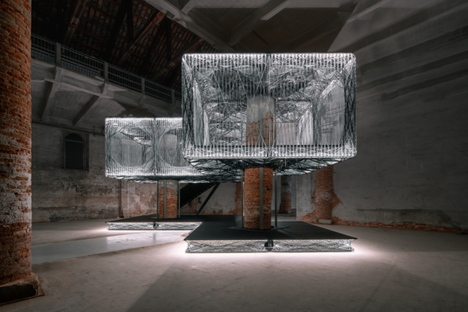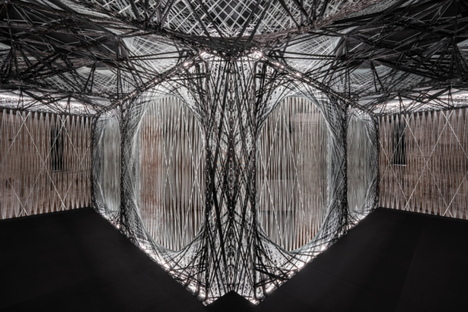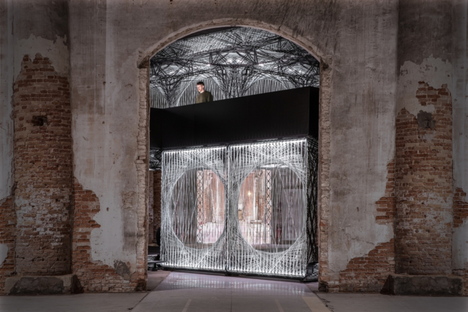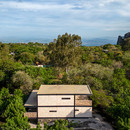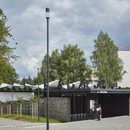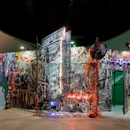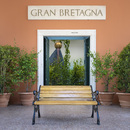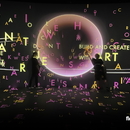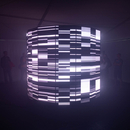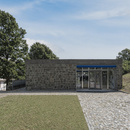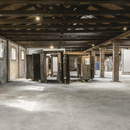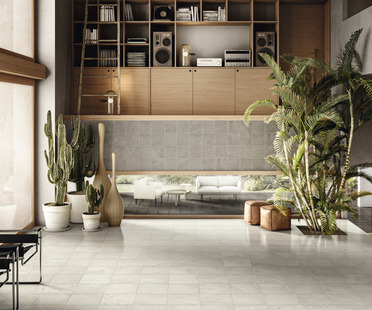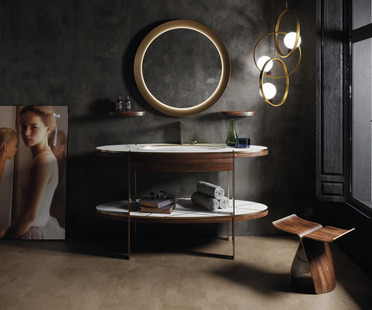- Blog
- Materials
- Maison Fibre at the 2021 Architecture Biennale
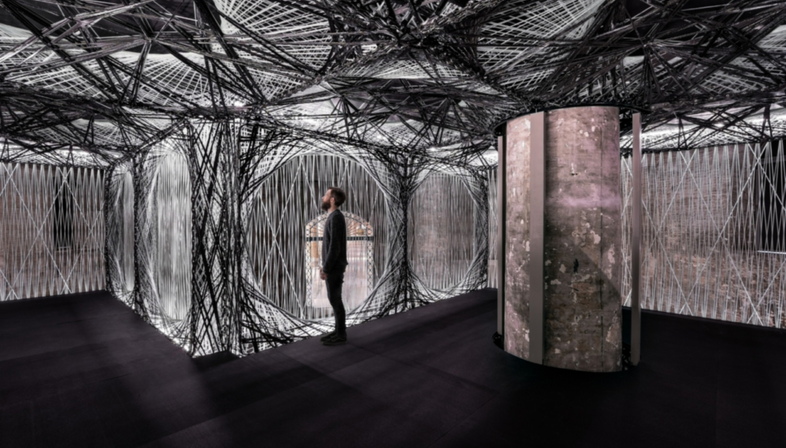 One certainly cannot help noticing it: the iconic Maison Fibre hosted by the Arsenale building of the Venice Biennale. Here, the Institute for Computational Design and Construction (ICD) and the Institute of Building Structures and Structural Design (ITKE) of the IntCDC cluster of excellence of the University of Stuttgart, present a full-scale installation entirely made with construction elements in robotic fabricated fibres: the first multi-storey structure of its kind.
One certainly cannot help noticing it: the iconic Maison Fibre hosted by the Arsenale building of the Venice Biennale. Here, the Institute for Computational Design and Construction (ICD) and the Institute of Building Structures and Structural Design (ITKE) of the IntCDC cluster of excellence of the University of Stuttgart, present a full-scale installation entirely made with construction elements in robotic fabricated fibres: the first multi-storey structure of its kind.Here, researchers from the two Institutes involved in the project tried to offer a concrete answer to the central question of the 2021 Venice Biennale: How will we live together? All this, however, not starting from social or anthropological considerations, as we have seen in other cases, but from those relating to material culture, aspect that will play an important role in improving the environmental impact for future constructions. Because, as the researchers explain, we spend 87% of our lives in buildings, as the “physical substrate for living together”. And it is precisely this material culture and materialisation of buildings that poses one of the essential ecological and social challenges for society.
The question of how people will live together in the future is therefore intrinsically linked to that of future construction which must, however, begin to carefully rethink the consumption of materials. And it is precisely for this reason that the contribution of the ICD and of the ITKE Institutes to the Venice Architecture Biennale 2021 becomes an authentic exploration of an alternative "material culture", interpreted in an architectural key. In their exhibition, one can in fact touch precisely how we might be able to move away from the era of pre-digital construction characterised by its high materials intensity – relying primarily on building materials such as concrete, stone and steel, often produced at great distances, transformed into construction elements and later transported to the site – to arrive at new and original digital construction methods. Differentiated and locally produced constructions, or architectures made of fibres.
As the researchers explain: “Maison Fibre is based on a decade of research on robotically manufactured fibre composite structures. It is the first multi-story architecture of this kind, featuring inhabitable fibrous floor slabs and walls. The entire structure consists exclusively of so-called fibre rovings, essentially bundles of endless, unidirectional fibres. To underline the model character of the project, a system of reconfigurable wall and ceiling elements based on the 2.5-meter grid dimension typical of residential buildings was developed.”
Maison Fibre is inspired by Le Corbusier's Maison Dom-Ino model and the floor area of the installation, in fact, corresponds precisely to this historical reference, as does the division over three floors and the versatile, expandable system. In the Venetian case, however, the details change given the choice of materials. In this exhibition, it is indeed possible to directly experience the interaction of the experimental structure with the historical pre-existing building, bearing in mind that the fulcrum of constructions will be increasingly inserted in inhabited contexts. And for the installation at the Arsenale, the researchers deliberately integrated the existing columns of the structure that houses it.
Ultimately, Maison Fibre represents both an expressive and an authentic architecture, as well as a largely dematerialised structure, whose reconfigurable construction elements are made with a just a few kilograms of building material. In other words, this exhibition crucially demonstrates that it is possible to find alternatives capable of reducing the building footprint, without sacrificing the safety or beauty of architecture.
Christiane Bürklein
17th International Architecture Exhibition - La Biennale di Venezia
Maison Fibre, Arsenale
from May 22 to November 21, 2021, Venice. Italy
Project Team: IntCDC / ICD University of Stuttgart, Institute for Computational Design and Construction (Prof. Achim Menges, Niccolo Dambrosio, Katja Rinderspacher, Christoph Zechmeister, Rebeca Duque Estrada, Fabian Kannenberg, Christoph Schlopschnat)
IntCDC / ITKE University of Stuttgart, Institute of Building Structures and Structural Design (Prof. Dr. Jan Knippers, Nikolas Früh, Marta Gil Pérez, Dr. Riccardo La Magna)
Images: courtesy of University of Stuttgart, Institute for Computational Design and Construction
Additional information available on Maison Fibre
Project Data:
Building System: Two-story, robotically fabricated, load bearing glass- and carbon fibre composite structure made of 23 km of glass fibres total and 20 km of carbon fibres total.
Dimensions Length/Width/Height: 10.00 m / 11.78 m / 5.76 m
Floor Area: 125 m² total, 62.5 m² per floor
Weight of load-bearing fibre composite structure: 9.9 kg/m² for inhabitable first floor
Weight of load-bearing fibre composite structure including 27 mm timber floor panels: 23.7 kg/m² for inhabitable first floor
Weight comparison to regular 200 mm thick concrete slab:
Load-bearing fibre composite structure: 50x lighter
Load-bearing fibre composite structure including timber floor panels: 21x lighter
Material Volume Ratio: 1.9% material volume per slab volume










